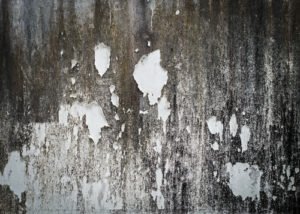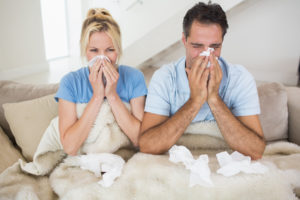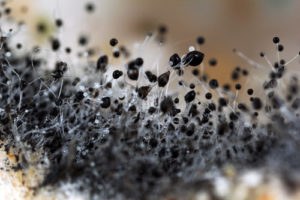Is There Such a Thing as Non-Toxic Mold?

Mold May Affect Your Lungs
The term “toxic” is often used in conjunction with mold in reports of Manhattan mold removal. Is it redundant, or is there such a thing as non-toxic mold?
Types of Toxic Mold
Toxic mold, sometimes called black mold, refers to particular species that emit dangerous substances called mycotoxins. When you hear or read about toxic mold, it generally involves these types:
• Stachybotrys chartarum has a greenish-black, soot-like appearance, although dampness can add a slimy sheen to the surface. High moisture and cellulose content plus low nitrogen content provide the perfect breeding ground for Stachybotrys chartarum, which is why this species is so often found in water-damaged buildings.
• In contrast to Stachybotrys chartarum, Aspergillus niger is dark black to gray in color and dry in appearance. The two species do share the common feature of producing mycotoxins that create serious health risks.
While a number of other mold species may be black in color, not all of them are toxic. Cladosporium is the most common type of non-toxic mold. Other non-toxic species include Dresclera, Alternaria and Ulocladium.
Can Non-Toxic Mold Affect Health?
Side effects of non-toxic mold are not as serious as those caused by the toxic variety, but any type of mold can trigger allergic symptoms. Seek professional Manhattan mold removal any time you suspect an infestation in your home or building.
Efficient and Cost-Effective Manhattan Mold Removal
Our trained technicians are skilled at finding and eliminating mold in homes and buildings. Contact Stern Mold to schedule a free inspection.




